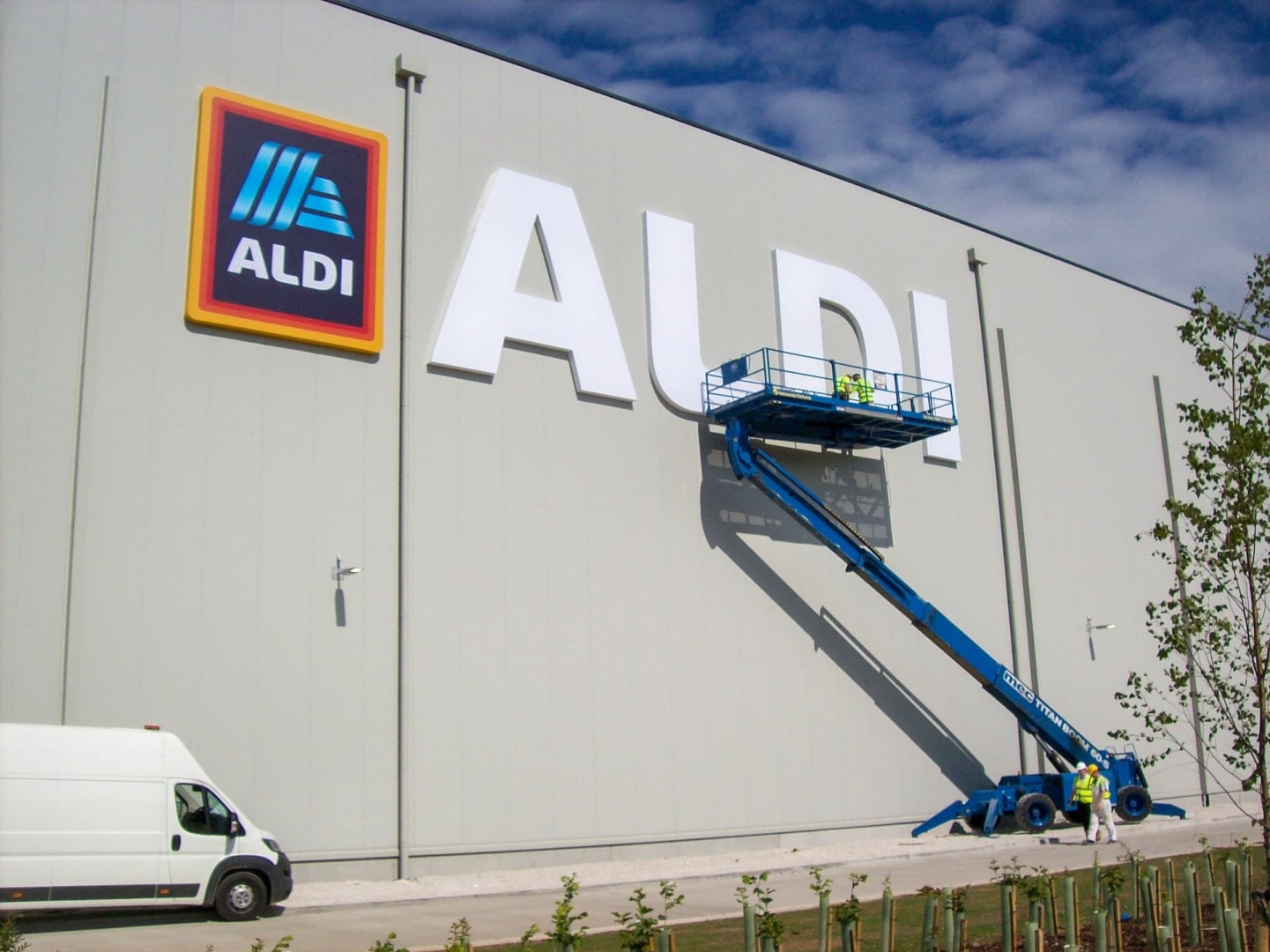Comments
- No comments found

Signage is an essential component of any business.
It serves as a vital tool for attracting customers and conveying important messages. However, it's not enough to have a well-designed sign, proper installation techniques are paramount in ensuring long-lasting results.
In this blog post, we will explore some of the best sign installation techniques that can help businesses achieve durability and maximum visibility for their signage.
While there are innumerable factors that you may have to consider when installing the signage, here are some that are very important.
Before hiring the sign installation services, thorough planning is crucial. Start by conducting a site survey to gather the necessary information about the location, including dimensions, potential obstacles, and any specific requirements or regulations set by local authorities. A well-executed plan lays the foundation for a successful sign installation project.
The choice of materials plays a significant role in determining the longevity and effectiveness of signage. Consider factors such as weather conditions, visibility requirements, and budget constraints when selecting materials for your signs. Using durable materials like aluminum or composite panels can ensure your signage withstands environmental challenges while maintaining its aesthetic appeal.
An often-overlooked aspect of sign installation is finding the optimal placement for maximum visibility. Consider factors like line-of-sight visibility from different angles, obstacles that may obstruct viewing (such as trees or buildings), and the impact of lighting conditions during different times of day.
To ensure long-lasting results, it's crucial to use secure mounting techniques when installing signs. Depending on the size and type of signage, options such as wall-mounted brackets, pole-mounting systems, or post-and-panel installations can provide stability and resistance against wind forces or other external influences.
One essential aspect of effective sign installation is ensuring sufficient structural support for larger signs or those located in particularly windy environments. Reinforcing supports with sturdy materials like steel or incorporating additional structural elements can prevent sagging, leaning, or other structural issues over time.
For illuminated signs, secure electrical connections are vital to maintaining functionality and longevity. Carefully selecting the appropriate wiring and connectors can prevent power interruptions or damage due to weather conditions or wear-and-tear over time. Consult a licensed electrician if necessary to ensure compliance with electrical codes and regulations.
Even with the most robust sign installation techniques, regular maintenance is essential to preserving the longevity and visibility of your signage. Inspect signs periodically for damage or wear, such as corrosion, peeling graphics, or fading colors. Timely repairs, cleaning, and repainting (if needed) can extend the lifespan of your signage while retaining its professional appearance.
While DIY sign installation may seem feasible for smaller signs or basic installations, seeking professional installation services ensures optimal results for more complex projects. Experienced installers have knowledge of industry best practices, access to specialized tools and equipment, and the expertise needed to address any challenges that may arise during the installation process.
When installing signage, it's important to be aware of and comply with any local regulations or requirements. Different municipalities may have specific guidelines related to the size, placement, and illumination of signs. Failing to adhere to these regulations can result in fines and non-compliance issues. Always research the local signage requirements and obtain necessary permits before proceeding with installation.
While it's essential to install signs securely, it's equally important to consider accessibility for maintenance purposes. Signs may require periodic cleaning, inspection, or repairs, so ensuring ease of access without compromising safety is crucial. Consider installing access panels or designing appropriate mounting systems that allow for convenient maintenance while maintaining structural integrity.
In conclusion, a well-designed sign is only part of the equation for effective advertising; proper sign installation techniques are equally crucial for long-lasting results. By carefully planning, using appropriate materials, and mounting techniques while considering factors like placement and structural support alongside regular maintenance - you can ensure that your business's signage remains visible & impactful for years to come. So invest in professional installation services where necessary & use these guidelines when installing signs for maximum benefits.
Leave your comments
Post comment as a guest